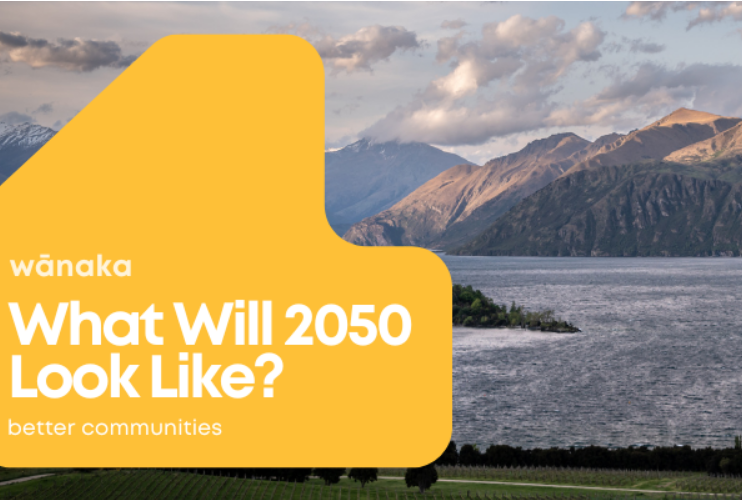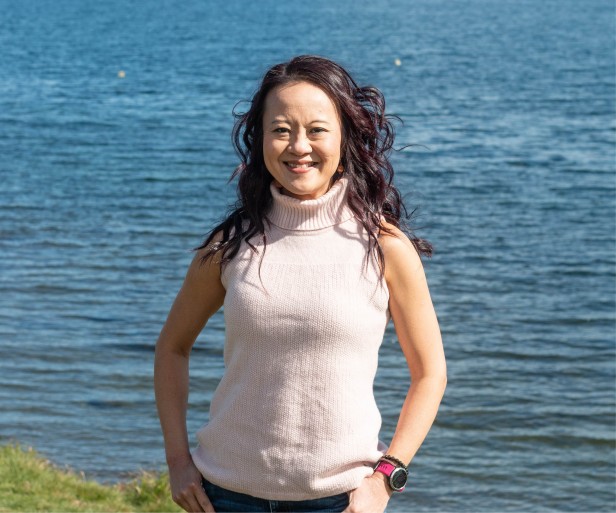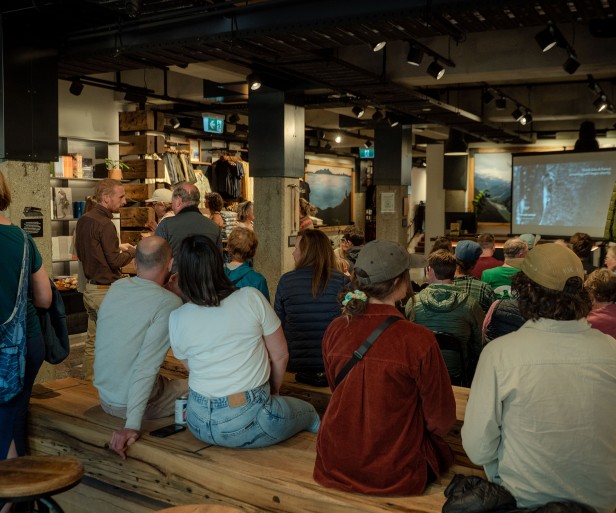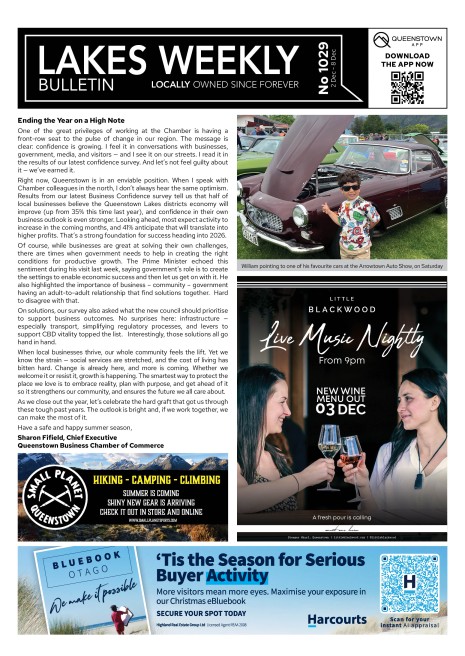2050: Who Will We Be and How Will We Feed Ourselves?

Georgia Merton, writing for Wao Aotearoa [Sponsored Content]
Conversations around our changing future can be slanted with a negative bent these days, and the complexity of the issues can seem overwhelming. More climate-related disasters along with an increasing population can put stresses on food, energy and infrastructure. But Wao Aotearoa director Monique Kelly likes to bring an imaginative lens when it comes to envisioning what the future might look like.
“While it’s really important to front up to the challenges we’re going to be facing, it’s equally important to start painting the picture of the future we want to see, to feel into what it could be like, and discuss what is possible” says Kelly, who’ll take this approach when facilitating the Wao Summit What Will 2050 Look Like? panel discussion on the evening of October 29th in Wānaka.
With imagination as the tone, it’s set to be a pertinent and exciting conversation, featuring Emeritus Professor Dr. Paul Spoonley, climate scientist Greg Bodeker, and Emma Horgan-Heke, one of the key leaders of the response to Cyclone Gabriel. Also on the panel will be Alec Tang from KPMG, speaking to what a growing population means in terms of infrastructure, our emissions profile, schools and housing.
Our demographics are certainly shifting. A growing global population means more migration. In 2023 New Zealand grew by 2.8% compared to the average for the OECD of 0.4% - so seven times higher. According to Dr Spoonley, a sociologist who specialises in social change, demography, and policy, 85% this came from net migration gain.
Meanwhile, we’re getting older. Dr Spoonley points out that our dropping fertility rate is leading to an ageing demographic. There has been (and will probably continue to be) a mass movement towards urban centres. The question Dr Spoonley asks is whether we are prepared for how much the social and demographic structure of our communities will change as we approach 2050.
“If I had to characterise communities and the country as a whole,” says Dr Spoonley, it would be superdiverse. At a national level, for example, by 2043 about a quarter of the population will identify as Māori while another quarter will be a member of one of the Asian communities.”
“These changes are rejuvenating communities and providing desperately needed skills, but also helping to provide demographic diversity in terms of age and ethnicity. I think it is going to be an exciting time as these changes impact on all of us.” He does, however, emphasise the importance of planning for these shifting tides.

“We need to understand what is happening and have a discussion about how we might need to change, especially our policies at the local or national level.”
Going off the average growth increase of Aotearoa New Zealand’s population since 1950 of 1.36%, the population in 2050 will be about 7.5 million. Project out further to 2100, we’ll be at 14.5 million.
Over-shadowing this projection of our future numbers is how our changing climate will influence not only where we can live, but also who and how many of us will live here. Rising sea levels will lead to internal migration while increased climate impacts globally and their geo-political and economic outcomes will most likely trigger mass migrations on a scale we have not yet seen.
“People will be in search of safe places to live and thrive. Aotearoa, through a climate scenario lens, will be one of the safest and least impacted landmasses globally,” says Kelly. “We need to start to understand what this means for our country, in particular our ability to welcome, feed and house those from the neighbouring nations who will be some of the most impacted.”
Getting in front of these challenges is the focus of the Wao Summit. On October 29th in Wānaka, we’ll dedicate a full day to imagining the future, topping it off with the What Will 2050 Look Like? panel at Rippon.
The Food Resilience Day at Glendhu Woolshed will be a day exploring everything kai-related, from soil to distribution to what a future food system focused on feeding our communities will look like.
Kelly says the main focus will be on rethinking what a resilient food system actually looks like. “We need to find the balance between enabling a thriving, local food system alongside the current system which sees the food system through an export-centric lens. Both are equally important. With increased projected population, there is a real opportunity to create a vibrant local food economy.”
Right now, in the Southern Lakes, we certainly don’t have that balance. We are cripplingly dependent on a daily convoy of trucks delivering food to our region - 95% of our calories come in from outside the district.
As the Wao Food Resilience Survey found out in 2023, if we were cut off from the rest of the country our supermarket stores would last us approximately a week - after that, it’s estimated we’d need a Hercules aircraft to land every 21 minutes full of food.
As Kelly says, we need to build a food system that can cope with both acute disruptions (e.g. floods, droughts and earthquakes) and chronic stresses (e.g value chain disruptions due to increasing fuel costs or a rapidly changing climate which affects where, how and what we can grow).
“If we solve this problem and create a vibrant local food economy in Aotearoa New Zealand - then we solve the chronic issues and by default make ourselves more resilient to acute shocks.”
The Wao Food Resilience day will start from the soil up, celebrating local food heroes from Grow community garden, a regenerative dairy farm and Hawea Food Forest. We’ll then move on to distribution and exploring ways to create a better food system with speakers Jesse Herbert from Wānaka’s Freshlink and Zeb Horrell from Future Whenua.
Over lunch, we’ll hear from John McRae of the Glendhu Worm Farm, before getting an in-depth update on the Queenstown Lakes Food Resilience project. The conversation will then switch to how we can start to create a resilient future together.
Other leaders from small regions around Aotearoa have been invited to this talk, and there will also be a forum to share, learn, and collaborate on food resilience efforts nationwide.
Finally, the day will wrap up with an far-reaching and imaginative 2050-focussed panel discussion at Rippon. Clear your schedule, bring an open mind and join us in getting excited about our future.








